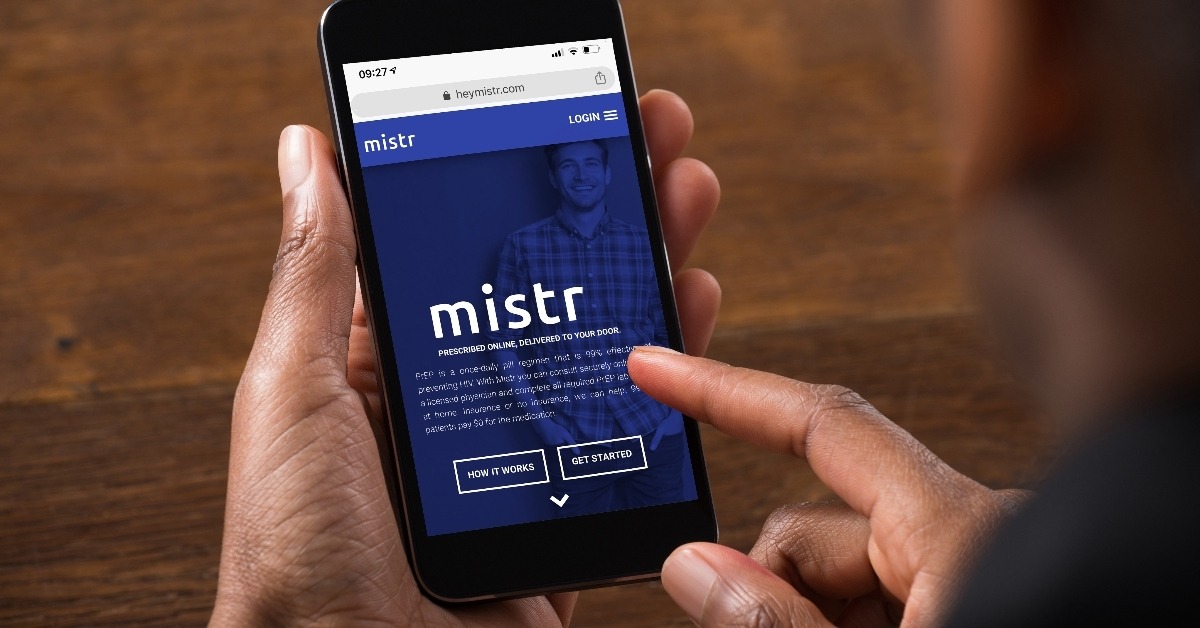BY: Kara Johnson
Published 1 month ago

If you’ve been hearing more about Real ID lately, you’re not alone. This updated identification requirement, set to be enforced starting May 2025, has caused some confusion, especially around what it means for both domestic and international travel. Let’s clear that up.
The Real ID Act was passed in 2005 to establish minimum security standards for state-issued IDs, like driver’s licenses. The idea is to make identification used for air travel and federal facilities more secure. But here’s the critical part: Real ID affects domestic air travel, not international. So, if you’re heading abroad, you still need your passport. Let’s break down what you need to know.
Does Real ID Affect International Travel?
The short answer is no, it doesn’t. U.S. citizens traveling internationally still need a valid U.S. passport to board international flights or enter foreign countries. The Real ID is not a substitute for a passport and can’t be used for international travel purposes.
However, the Real ID does impact your ability to fly domestically within the U.S. Starting May 7, travelers will need a Real ID-compliant license or another TSA-approved form of ID (like a passport or military ID) to board domestic flights and enter certain federal facilities.
Real ID and Domestic Travel: What to Know
Worried about domestic travel? Here are five key things every traveler should know.
1. You Still Need a Passport for International Flights

Real ID is strictly for domestic use. When flying internationally, you’ll still need your passport regardless of whether you have a Real ID.
2. You’ll Need Real ID (or an Alternative) for Domestic Flights
If you’re flying from New York to L.A. or visiting a federal facility after May 7, 2025, you’ll need a Real ID, U.S. passport, or another TSA-approved form of identification.
3. Real ID Cards Look Different
Most Real ID-compliant cards have a gold star in the top right corner. Some states use a black or white star instead, so check your card.
4. How to Get a Real ID
You’ll need to visit your local DMV in person. Bring proof of identity (like a birth certificate or passport), proof of Social Security number, and two documents showing your current address. Requirements vary slightly by state, so check your state DMV’s website beforehand.
5. Enhanced Driver’s Licenses (EDLs) Are Also Acceptable
Some states issue Enhanced Driver’s Licenses that are Real ID-compliant and allow land or sea border crossing to Canada, Mexico, and the Caribbean. But again, they aren’t valid for international flights.
Planning Ahead for Travel in 2025

Knowing the difference between Real ID and passport requirements can save you stress, whether you’re headed across the country or worldwide. The deadline has been extended several times, but as of now, May 7, 2025, is the date travelers need to keep in mind. If you’re unsure if your ID is compliant, check now — long lines are expected at DMVs as the deadline nears.
It’s always wise to bring a passport when you travel, even domestically, especially if you’re connecting to an international flight. But for everyday U.S. travel, make sure you have a Real ID or an alternative form of federally accepted ID. A little preparation now will keep your travel plans smooth later.
Have you made your way to the DMV for your Real ID yet? Let us know in the comments.









